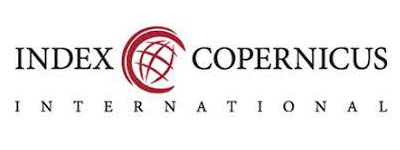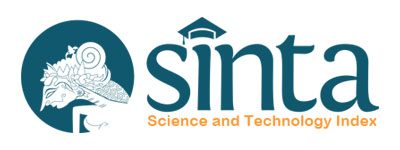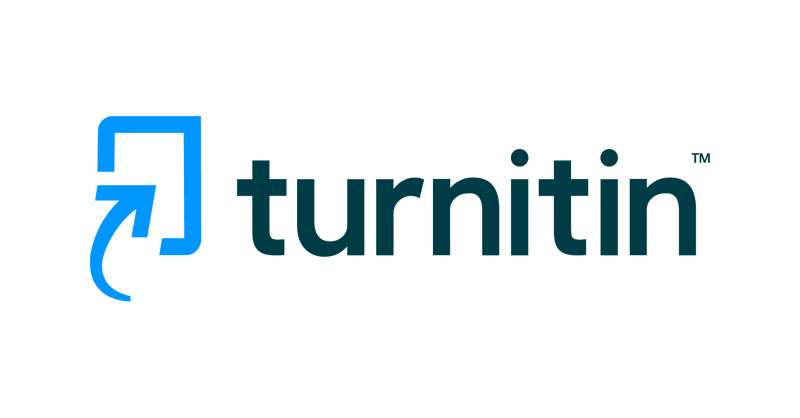ANALISIS MODEL KEPUASAN PENGGUNA JASA TRANSPORTASI KERETA API EKSEKUTIF JURUSAN MALANG JAKARTA
Abstract
ABSTRACTÂ
All countries have mixed economies, i.e. a combination of a private and public sector. Most of the public services offered to thr public are performed by an agent appointed by the principal (i.e. local or central government). The service offers may or may not be in line with the preferences of the users, i.e. the c1tizents. Public services are offered to the users based on the double principal‑agent relationship, i.e. citizens‑government, and government‑operator. Purposes of this research are to determine the relationships among customer prefrences, customer satisfaction, and customer segments. Research findings indicate that because the low degree of congruence between customer preferences, the public transportation industry offers low utility, i.e. low overall satisfaction score. Heterogeneity in consumer preferences are reflected in different evaluation of service quality areas and drivers of customer satisfaction.
Â
Keywords: Kualitas jasa, Kepuasan konsumen, Industri jasa, jasa Pubik, Transportasi, Perilaku konsumen
Downloads
Issue
Section
License
Authors who publish with this journal agree to the following terms:- Authors retain copyright and grant the journal right of first publication with the work simultaneously licensed under a Creative Commons Attribution License that allows others to share the work with an acknowledgement of the work's authorship and initial publication in this journal.
- Authors are able to enter into separate, additional contractual arrangements for the non-exclusive distribution of the journal's published version of the work (e.g., post it to an institutional repository or publish it in a book), with an acknowledgement of its initial publication in this journal.
- Authors are permitted and encouraged to post their work online (e.g., in institutional repositories or on their website) prior to and during the submission process, as it can lead to productive exchanges, as well as earlier and greater citation of published work (See The Effect of Open Access).


















